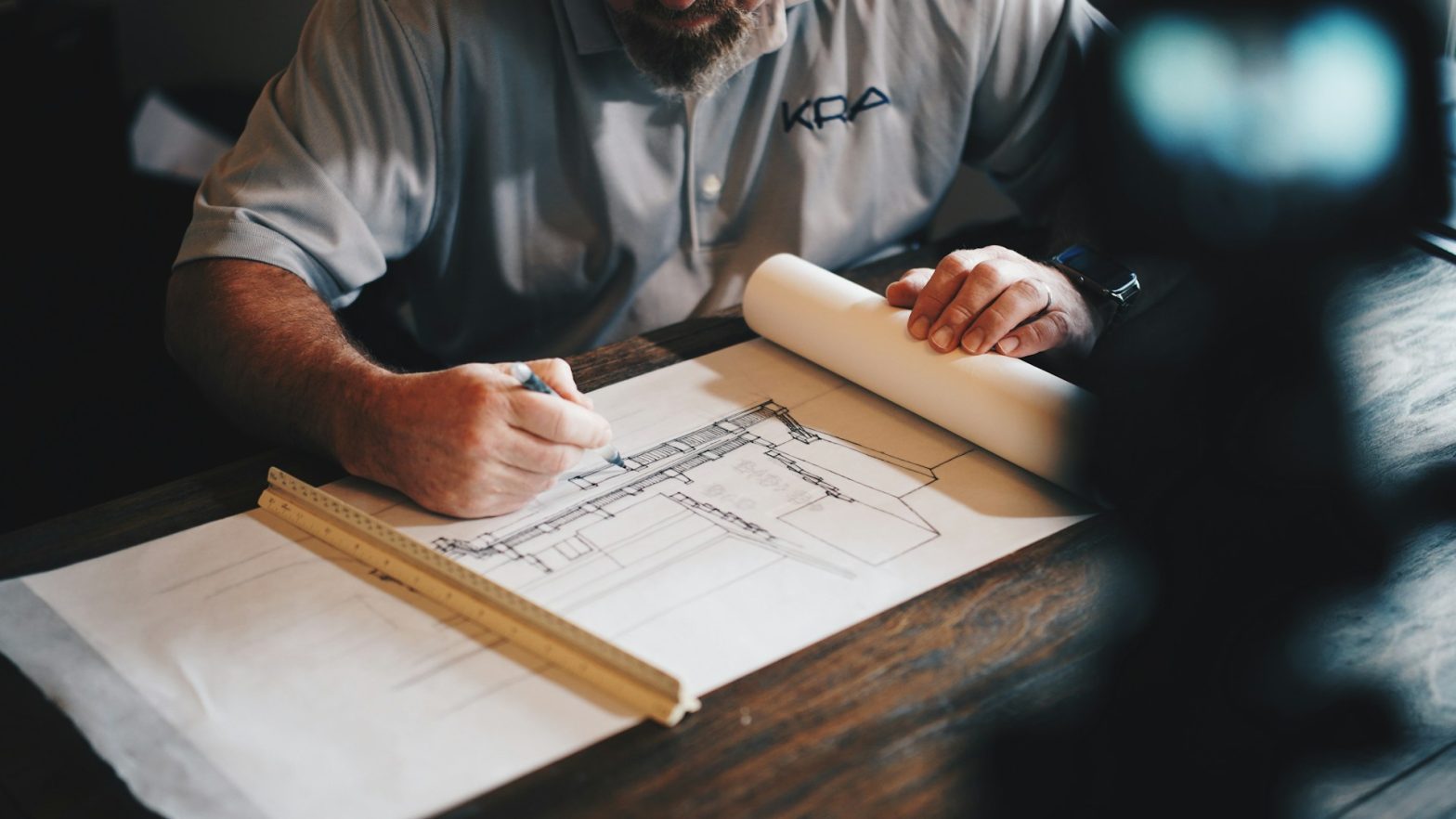In the world of construction, where every building tells a story and aesthetic uniqueness is as prized as structural integrity, safeguarding your projects against imitation is crucial.
Legal protections such as trademarks, copyrights, patents, and trade dress are essential tools in this endeavor. They ensure that innovative designs remain distinct and credited to their creators while fostering an environment of fair competition and continued innovation.
Let’s dive deep into these legal foundations and how they serve as the backbone for protecting aesthetics in the construction business.
The Role of Trademarks in Shaping Unique Buildings
Trademarks are one of the key legal foundations of aesthetics in the construction business. They are like invisible shields for your buildings.
Just like how a logo tells you what brand your sneaker is, trademarks can protect the look that makes a building stand out. This means nobody else can copy that signature style without getting permission first.
Copyright Insights
Copyrights are like superheroes for your construction designs and plans. They swoop in to make sure nobody can just take your original work and call it their own.
Once you’ve drawn up a plan that’s all kinds of innovative, copyright law steps in to give it protection. This means if someone tries to play copycat with your building design, they’re stepping into no-no territory.
But here’s a fun twist: once the building is done and people can see it from public spots, they’re totally free to snap photos without breaking any rules. So, while the blueprint is safe from theft, everyone still gets to share how cool the end result is!
Patent Protections
Patents are your construction project’s personal bodyguards. They’re here to protect the innovations that make your building tick – like that secret sauce in a recipe.
If you’ve come up with a new building material or a construction technique that’s never been seen before, getting it patented means you’re the only one who can use it for a while. This exclusivity can set your work apart and create buzz around your innovative approach.
Just remember, applying for a patent means you’ve got to spill the beans on how your invention works. But it’s worth it as it keeps copycats at bay and ensures your projects are always one step ahead.
Trade Dress Protections
Ever walked past a building and immediately knew who designed it because of its unique style? That’s trade dress protection at play.
Upon successfully filing an industrial design application, this legal protection covers the overall look and feel of your buildings– think of it as trademarking a building’s style rather than its logo or name. If you’ve nailed a distinctive architectural flair, trade dress ensures no one can mimic that same style without facing legal repercussions.
It’s not just about keeping your designs safe; it’s also about building a brand identity in concrete and steel. That way, when people see certain elements or aesthetics, they recognize the project as yours.
Navigating Legal Waters
Steering through the legalities of protecting your architectural work is kinda like navigating a ship through a storm – tricky but totally doable with the right knowledge and equipment.
First off, understanding the different protections available (trademarks, copyrights, patents, and trade dress) is crucial. Each serves its purpose, but knowing which applies best to your project is key. Sometimes, you might need more than one type of protection for different elements of the same building.
And here’s where it gets even trickier: you’ve got to be careful not to infringe on someone else’s intellectual property while protecting your own. This means doing some homework before finalizing designs to ensure you’re not stepping on anyone’s toes.
Lastly, don’t shy away from getting professional advice. Consulting with a legal expert who specializes in construction or intellectual property can save you heaps of trouble down the line. They can help navigate these choppy waters smoothly, ensuring that your creative innovations are safeguarded without causing unintended ripples in the pond.
Concluding Thoughts
Navigating the legal landscape to protect the aesthetic nuances of construction projects can seem daunting at first glance.
However, understanding and implementing these protections is a cornerstone for fostering innovation and maintaining your distinctive architectural signature. It does not only shield your creations but also contributes to a vibrant ecosystem where creativity thrives unimpeded by fear of imitation.
As we chart new skylines and construct future icons, these legal tools stand as silent guardians of our creative visions.


































